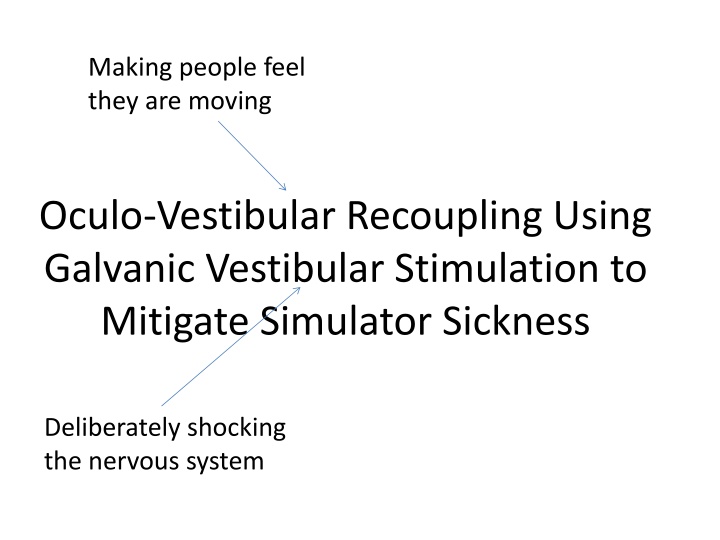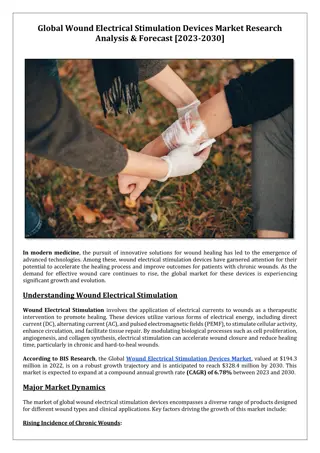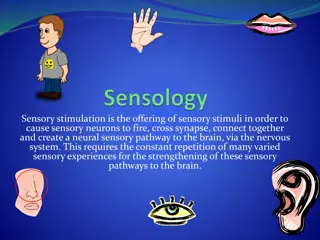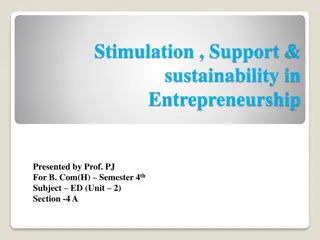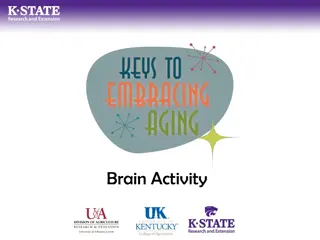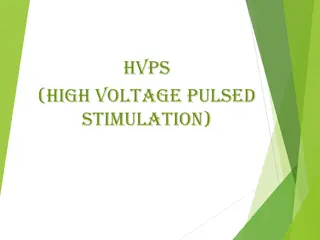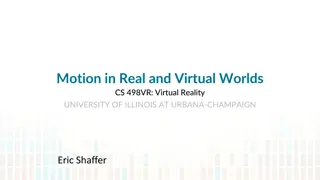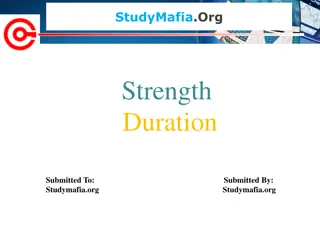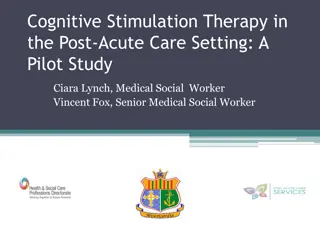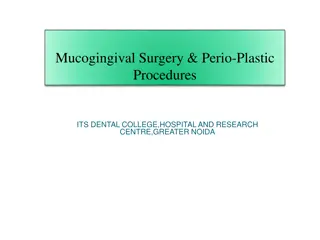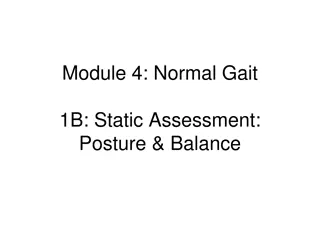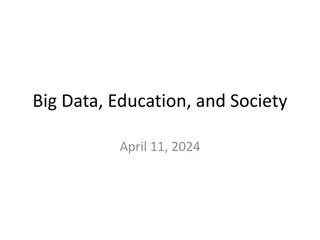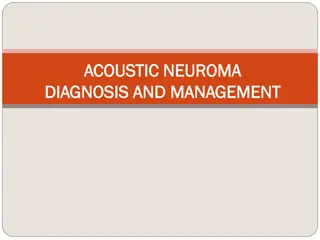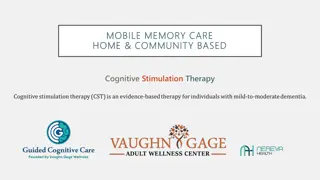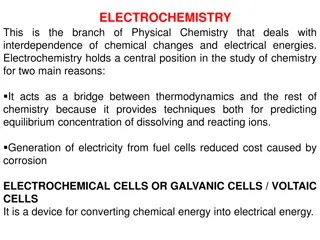Oculo-Vestibular Recoupling Using Galvanic Vestibular Stimulation
In this study, the researchers explore the use of Galvanic Vestibular Stimulation (GVS) to mitigate simulator sickness by inducing sensations of motion that correspond with visual stimuli. The experiment involved a helicopter training simulator with a control group that received GVS with noise and a test group that received GVS based on models. Results and discussion from the study are presented, highlighting the potential of GVS in oculo-vestibular recoupling.
Uploaded on Feb 26, 2025 | 2 Views
Download Presentation

Please find below an Image/Link to download the presentation.
The content on the website is provided AS IS for your information and personal use only. It may not be sold, licensed, or shared on other websites without obtaining consent from the author.If you encounter any issues during the download, it is possible that the publisher has removed the file from their server.
You are allowed to download the files provided on this website for personal or commercial use, subject to the condition that they are used lawfully. All files are the property of their respective owners.
The content on the website is provided AS IS for your information and personal use only. It may not be sold, licensed, or shared on other websites without obtaining consent from the author.
E N D
Presentation Transcript
Making people feel they are moving Oculo-Vestibular Recoupling Using Galvanic Vestibular Stimulation to Mitigate Simulator Sickness Deliberately shocking the nervous system
Vestibular Recoupling to a floating avatar J Watanabe
The Vestibular System
Galvanic Vestibular Stimulation sensations of rocking or pitching, head and/or body tilt, and have ocular torsion all characteristics of otolith system activation - http://www.frontiersin.org/Journal/10.3389/fneur.2011.00090/full
OCULO-VESTIBULAR RECOUPLING CEVETTE ET AL. Can GVS be used to induce sensations of motion that correspond with visual stimuli in simulators? Derive function to calculate signals from desired motion sensation Create a rig to apply them in a simulator Use the above to mitigate simulator sickness in test group
The Experiment Helicopter Training Simulator 21 Subjects with no history of motion sickness Subjects experienced flight sim in normal operation After a time, uncontrollable oscillations were added Control group received GVS with noise Test group received GVS based on models
Discussion Cevette, M. J., Stepanek, J., Cocco, D., Galea, A. M., Pradhan, G. N., Wagner, L. S., Brookler, K. H. (2012). Oculo-Vestibular Recoupling Using Galvanic Vestibular Stimulation to Mitigate Simulator Sickness. Aviation, Space, and Environmental Medicine, 83(6)
